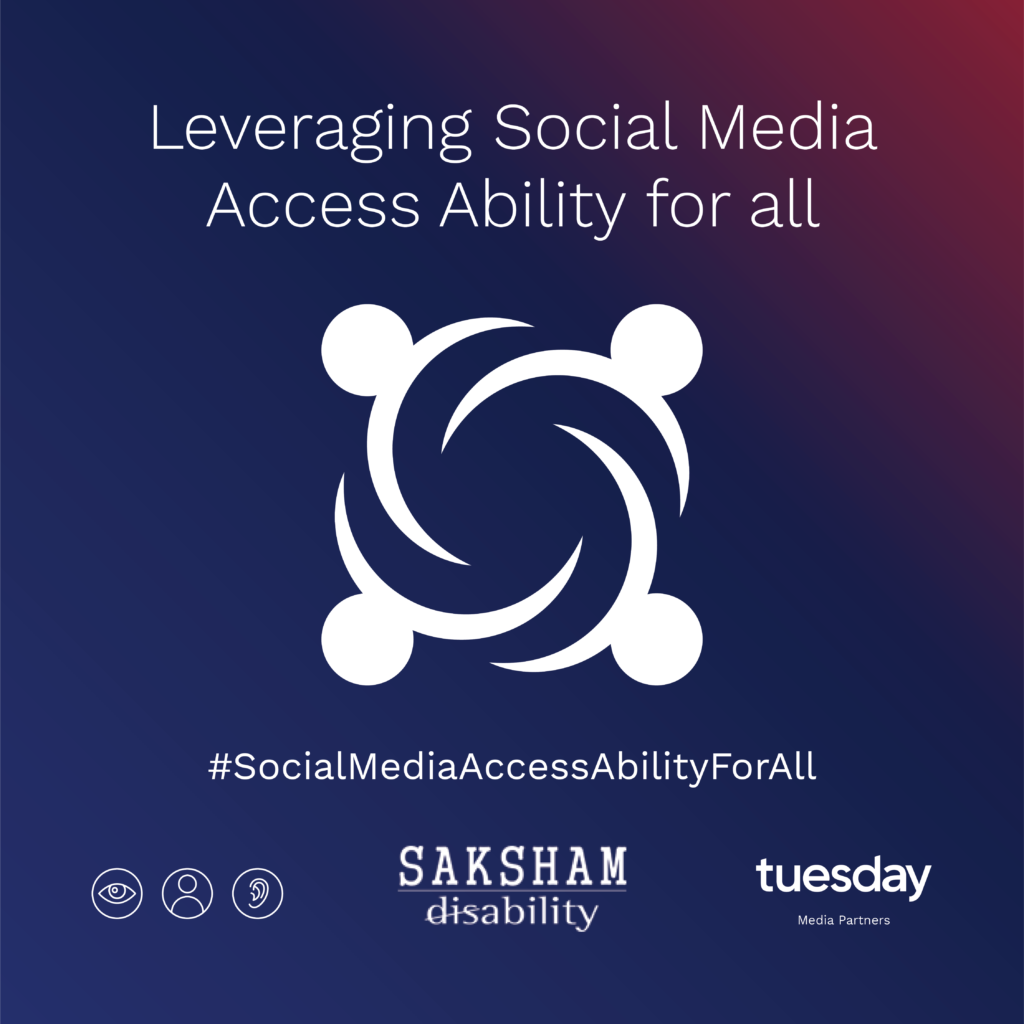Check out our curriculum and easy-to-use steps and learn to create accessible content today!
Learn how you can become agents of change. We are excited to be on this journey with you and can’t wait to get started! It all begins with you. Explore more here: Become Agents of Change
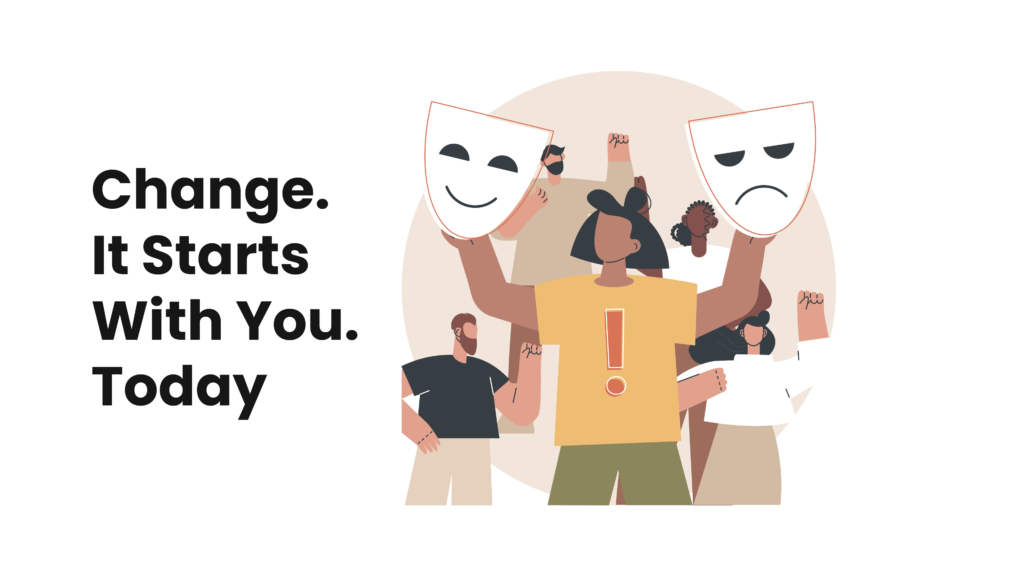
Learn all about Saksham’s ‘Leveraging Social Media AccessAbility For All’ campaign, why we are engaging in it, what the objectives of the curriculum are, and how you can get started today and become a part of it too! Click here to download: About Campaign
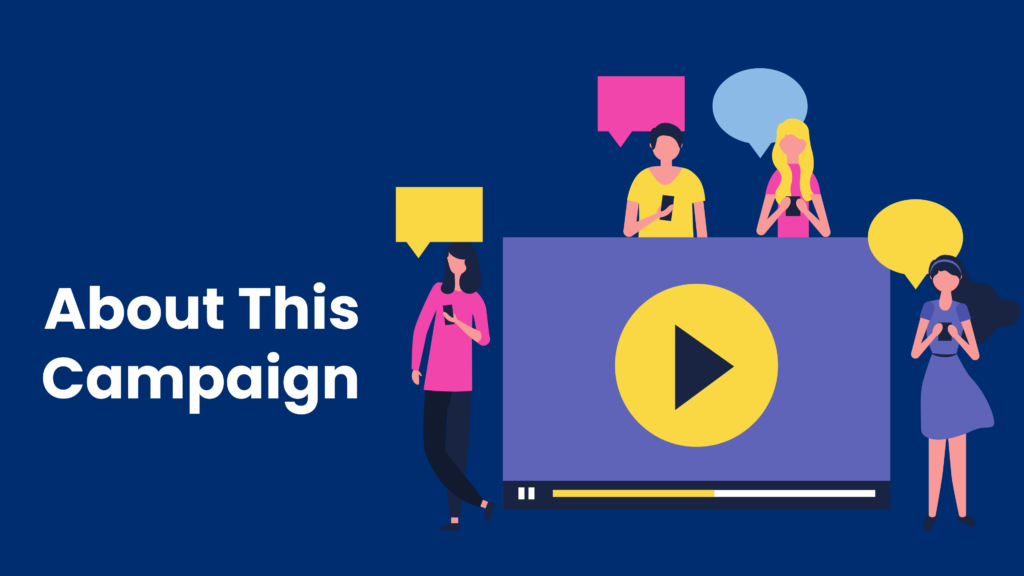
Understand all about the key concepts of accessibility and how it impacts us all. Learn about audio-description, subtitles, transcripts, and more! Click here: Understanding key concepts
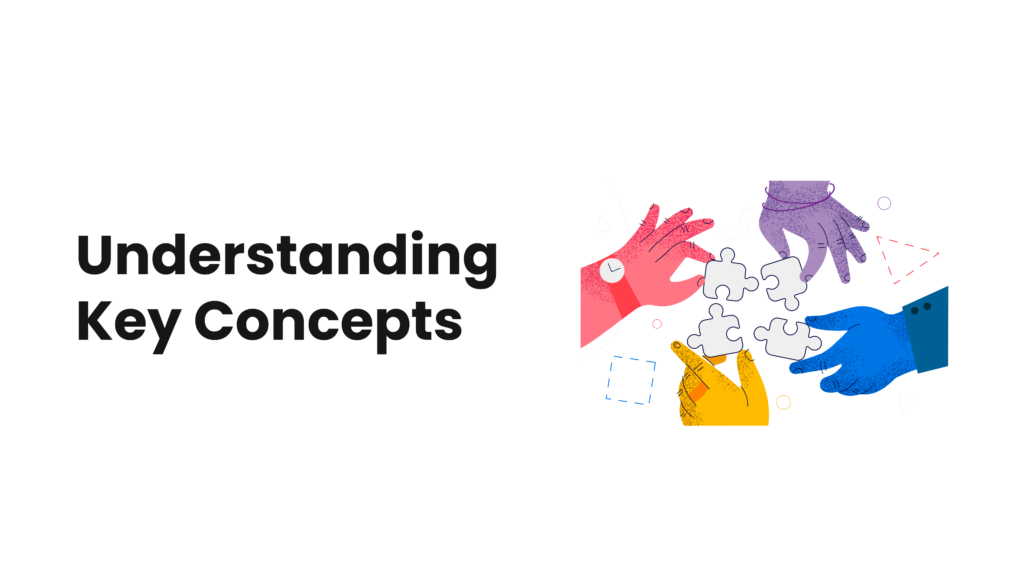
Did you know social media accessibility can make the difference between someone receiving information and someone not getting any? Learn all about why social media accessibility is a need of the hour. Click here: Why social media accessibility is important

Learn how to make your photos accessible. By the end of this module you will learn what alt text is, how to write great alt text descriptions, and how to edit alt text on Facebook and Instagram both before and after you post it! Click here to download: Making photos accessible

Learn some basic tips for posting content. This module will show you how to use simple language in your communication, the case to use for writing hashtags, the correct way to use emojis, colour contrast, and GIFs! Click here to download: Basic tips for posting content
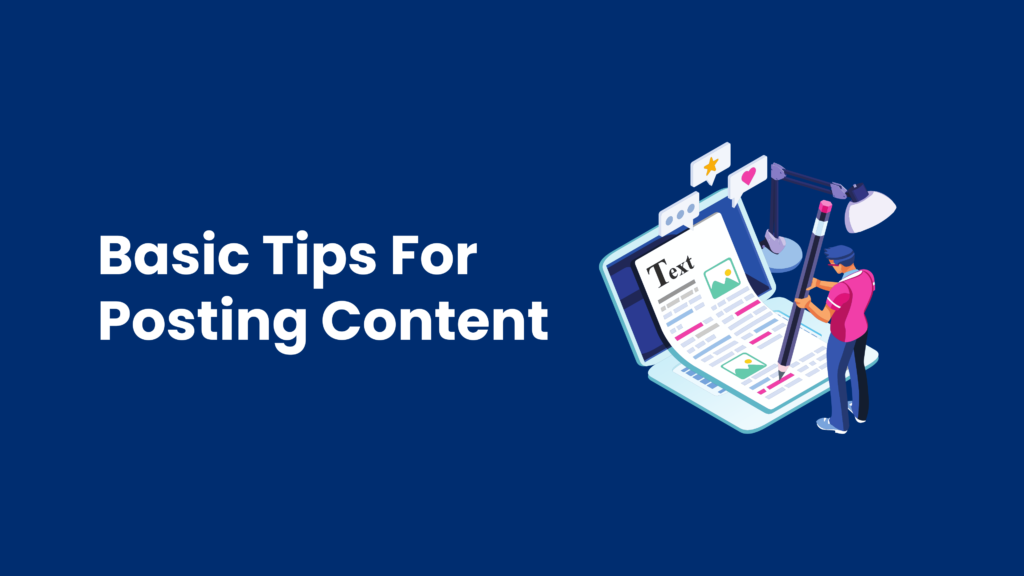
Learn how to make your videos accessible. By the end of this module you will learn what captions and transcripts are, what we mean by audio-description, how to manage captions on Facebook and Instagram, what we mean by auto-generated captions and how to enable it, and how to manually add captions, both before and after you post videos! Click here to download: Making Videos Accessible
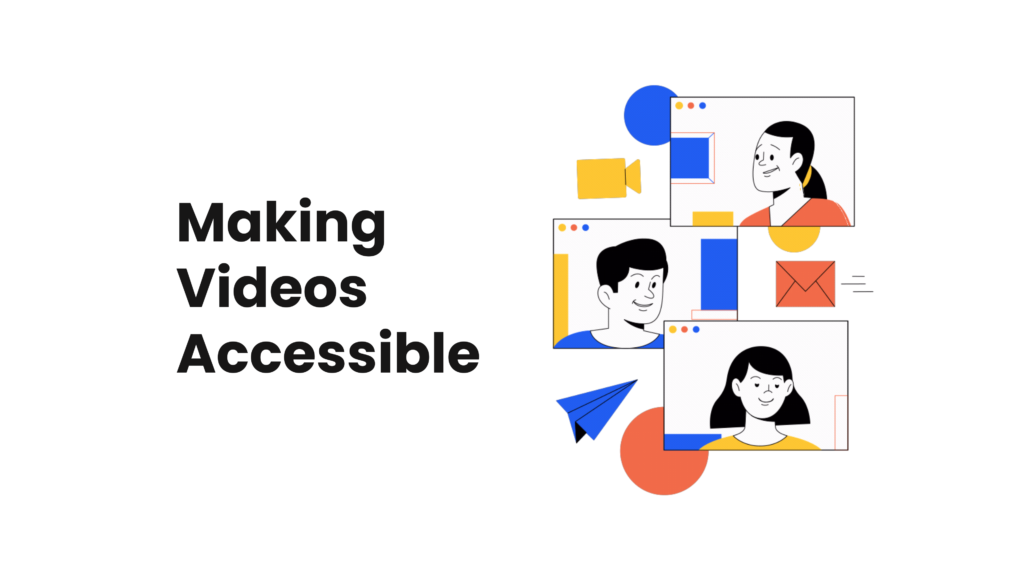
Want a combined word accessible version of the entire curriculum? Look no further. Click here to download: Curriculum Word Copy
Listen to and download our audio messages and learn how to create accessible content. Don't forget to share to these tips with your friends and family!
Hear our Founder Managing Trustee, Mr Dipendra Manocha talk about why social media accessibility is crucial for connecting us all
Learn some easy to use tips on creating accessible content for your social media pages! (Hindi)
Are you using hashtags correctly on your posts? Listen to our audio message and find out how to ensure your hashtags are easily readable for all! (Hindi)
Did you know that strong visual patterns like strobing, flickering, blinking, and flashing in GIFs can make it difficult or even impossible for people with cognitive or learning disabilities to focus and read your post? Learn how to be mindful of designing with accessibility in mind (Hindi)
Did you know emojis – those cute little pictures that convey emotions and ideas – can make our content more inclusive and accessible for everyone? Find out why they are preferred to text-based emoticons (Hindi)
Did you know that over 466 million people worldwide are deaf or hard of hearing? And that’s just one group of people who can benefit from captions! Find out why they remain essential for digital inclusion (Hindi)
Did you know that using alt-text can make your social media posts more inclusive for people with visual impairments? Whether it’s a meme, a selfie, or an important infographic, alt-text ensures that everyone can understand the message you’re trying to convey. Find out how (Hindi)
Learn some easy to use tips on creating accessible content for your social media pages! (English)
Are you using hashtags correctly on your posts? Listen to our audio message and find out how to ensure your hashtags are easily readable for all! (English)
Did you know that strong visual patterns like strobing, flickering, blinking, and flashing in GIFs can make it difficult or even impossible for people with cognitive or learning disabilities to focus and read your post? Learn how to be mindful of designing with accessibility in mind (English)
Did you know emojis – those cute little pictures that convey emotions and ideas – can make our content more inclusive and accessible for everyone? Find out why they are preferred to text-based emoticons (English)
Did you know that over 466 million people worldwide are deaf or hard of hearing? And that’s just one group of people who can benefit from captions! Find out why they remain essential for digital inclusion (English)
Did you know that using alt-text can make your social media posts more inclusive for people with visual impairments? Whether it’s a meme, a selfie, or an important infographic, alt-text ensures that everyone can understand the message you’re trying to convey. Find out how (English)
Social Media Accessibility Toolkit
Our toolkit is designed to help you and your friends and peers make your social media content accessible to everyone, including those with disabilities. With the growing importance of digital communication, it’s essential that we ensure that everyone has equal access to online content. Download the document and find sample social media posts to enable you to support and share campaign messages easily! Social Media Toolkit
